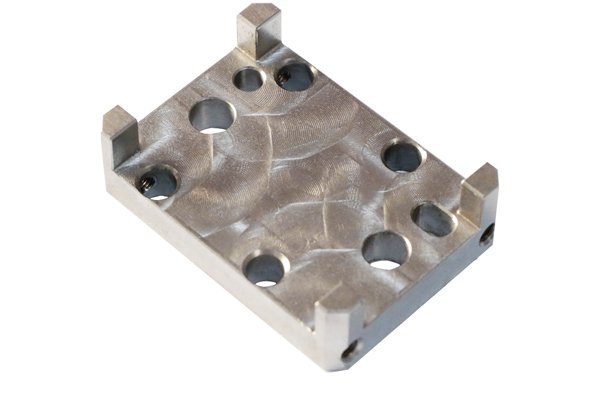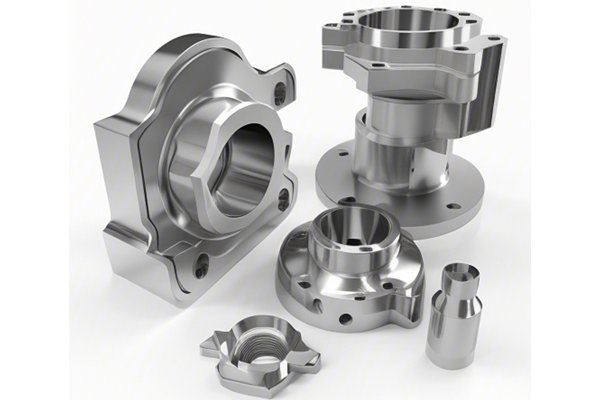—
Welcome to the fascinating world of technology in the energy sector, where innovation meets resource management. Picture a massive ship navigating the turbulent waters of energy demand—each turn, each adjustment, is a testament to the intricacies of advanced engineering. Turning technology is one of those powerful engines that keeps this ship on course. As we venture deeper into this article, I promise to lead you through the captivating application of turning technology and highlight its immense contribution to creating efficiencies in the energy industry.
So, sit back, grab a cup of coffee, and let’s dive into it!
—
First things first, let’s demystify turning technology. At its core, turning is a machining process where a cutting tool, known as a lathe, moves in a circular motion to shape materials. Think of it as a sculptor chiseling away at a block of marble. The end result? Precise, cylindrical components that can be used in various applications, particularly in the energy sector!
Turning technology is especially important because it allows manufacturers to create parts with incredible accuracy. This precision is crucial for applications such as turbines, shafts, and other components that play a pivotal role in energy production and distribution.
—
When we talk about the benefits of turning technology in the energy sector, we could fill a book. But don’t worry, we’ll stick to the highlights. Here are the most impactful advantages:
Enhanced Precision and Accuracy
Imagine gearing up for a crucial venture yet finding out that your navigation is slightly off. In the energy sector, especially in fields like oil and gas, a tiny miscalculation can lead to catastrophic results. Turning technology, however, delivers unparalleled precision which is essential for manufacturing components that fit seamlessly together, ensuring efficient energy transmission.
Increased Efficiency in Material Use
We’re living in an age where sustainability is more than just a buzzword—it’s a necessity. Turning technology optimizes material use by reducing waste and ensuring that every tiny bit is utilized effectively. This optimized use decreases overall production costs while contributing to a greener planet.
Versatility in Production
One of the most beautiful things about turning technology is its versatility. It can be adapted to work with various materials, including metals, plastics, and composites. This adaptability allows the energy industry to create a wide range of components for different applications, from solar panels to wind turbine blades. Rather than being a single-use tool, turning machines are like Swiss Army knives in a toolbox—always ready for whatever task comes along.
Easy Integration into Existing Processes
In a bustling energy sector, efficiency hinges on seamless integration. The beauty of turning technology is its ability to slot right into existing manufacturing processes without a hitch. This means companies can adopt this technology without overhauling their entire operations.
Reduced Lead Times
Time is often the most critical currency in business. Turning technology can significantly reduce lead times by enabling faster production processes. This rapid output is vital as energy demand continues to soar globally, allowing companies to adapt swiftly.
—
Now that we’ve set the stage, let’s explore where turning technology shines the brightest within the energy sector.
Renewable Energy Components
With the global push toward renewable energy sources, turning technology plays a crucial role in manufacturing various components needed in wind turbines and solar panels. Parts like shafts and rotors are precisely crafted to ensure the maximum efficiency of energy capture and conversion.
Oil and Gas Sector
In the oil and gas industry, the need for reliability is paramount. Turning technology is utilized to create parts for drilling rigs, pipelines, and exploration tools, ensuring they withstand the rigors of extreme conditions.
Power Generation
Turning is essential when crafting parts for machinery used in power plants—everything from rotor shafts in turbines that rotate to generate electricity to components in generators. Precision and durability are key since these parts are often under intense stress and heat.
Energy Storage Solutions
As we make strides in energy storage technologies, turning technology enables manufacturers to produce custom components for batteries and other storage systems. This customization is vital for improving energy density and efficiency—just like upgrading your smartphone battery for a longer-lasting charge!
—
While the benefits are clear, like the shining sun after a storm, it’s essential to understand the challenges as well. Here are a few hurdles the energy industry faces:
High Initial Capital Costs
Investing in advanced turning technology can require a significant capital outlay. Companies may hesitate to make this investment without clear evidence of return.
Skilled Labor Shortages
As with any high-tech field, the need for skilled labor is essential. If a company cannot find or retain skilled technicians and engineers, the full potential of turning technology cannot be realized.
Rapid Technological Advancements
Keeping up with the latest innovations in turning technology can be overwhelming. Energy companies must consistently invest, adapt, and train to leverage new breakthroughs.
Balancing Automation with Human Input
While automation can enhance efficiency, there’s a delicate balance to maintain. Over-automating without human oversight can lead to errors, which are costly in energy production.
—
As we look ahead, the horizon is bright! What does the future hold for turning technology in the energy industry? Here are a few exciting trends:
Integration of AI and Machine Learning
Incorporating artificial intelligence and machine learning into turning processes is transforming how we manufacture components. This technology helps in predicting failures, optimizing production, and customizing outputs based on real-time data.
Advancements in Materials
As manufacturers explore new material technologies, such as lightweight composites and alloys, turning technology will need to adapt accordingly. This flexibility ensures that we can produce even more efficient and durable components.
Increased Emphasis on Sustainability
With a global focus on sustainability, manufacturers will likely prioritize eco-friendly practices. Turning technology that minimizes waste and uses sustainable materials will become increasingly important.
Digital Twins
Digital twins—virtual models of physical entities—are becoming more popular in the energy sector. By using digital twins to simulate turning operations, companies can optimize designs before physical production, ultimately saving time and resources.
—
As we conclude our journey through the vital role of turning technology in the energy industry, it’s clear that this process is an integral part of producing efficient and reliable energy solutions. From renewable energy production to oil and gas extraction, the importance of precision and quality cannot be overstated.
Moving forward, the industry will need to address the challenges head-on to harness the full potential of turning technology. By embracing innovation, sustainability, and adaptability, we can ensure that our energy solutions meet the demands of tomorrow.
So, remember, the next time you flick a light switch or charge your phone, there’s a world of precision machining and turning technology behind it, working tirelessly to keep the energy flowing and our lives powered. Together, let’s continue to navigate these waters toward a sustainable and efficient energy future!
—



